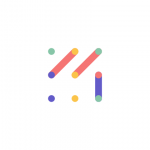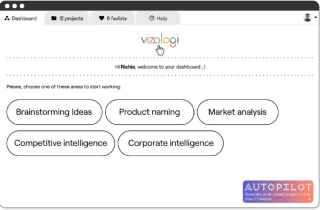7 Hidden Dangers of Connectivity in Modern Healthcare
The dangers of connectivity in a modern healthcare setting aren’t as apparent as they need to be. While new technologies offer convenience to both clinicians and patients, there are inherent risks arising from a poor understanding of systems as well as external threats. Understanding how new products and technologies work can help secure them further. However, from a reliance on the IoMT to low digital literacy, here are some examples for consideration.
Unauthorized Data Breaches
As you may be aware, data breaches are out of control right now. It seems like every other day, another major company has been hacked and customer data stolen. Now imagine if the same criminals had access to the most sensitive and private data of a person. That’s a digital nightmare if ever there was one, right? However, specialist medical device cybersecurity consultants can work with you to reduce risk, meet compliance, and make it harder for criminals.
IoMT Dangers of Connectivity
The Internet of Things (IoT) is the term used for devices that work with each other through networks. There is a subset known as the Internet of Medical Things (IoMT) that includes devices like insulin pumps. These can be just as vulnerable but with deadly consequences:
- An attack by nefarious criminals could disrupt how a life-saving machine works.
- Criminals could also change system data, such as the dosage a machine delivers.
- Patient safety would also be under threat as hackers can interfere with monitoring.
Legacy System Vulnerabilities
What are legacy systems? Legacy systems are the tools and technologies that have been around for a while that users rely on. Most healthcare providers use legacy systems because they just work. So if you introduce a new product into healthcare, it must be compatible with these older systems. However, this alone poses a great risk, since they may be unsupported by original manufacturers and developers, meaning security vulnerabilities are a very real threat.
Patient-Based Dangers of Connectivity
Globally, there are around 116 million telehealth users who find the system useful for things like doctor consultations. As patients are open to embracing the digital health revolution, there are some dangers to them, specifically around over-reliance and the communication illusion:
- There is a specific risk of a patient becoming psychologically dependent on the system.
- Patients can assume they are communicating in real time, which isn’t always the case.
- Healthcare professionals can also begin to trust the tech over their actual instincts.
The over-reliance on new technologies, such as telehealth, can become a substitute for overworked healthcare workers. While this new tech is highly versatile and useful, there is the danger of delayed care when using it, and even the possibility of missed symptoms.
Managing Multiple Systems
Technology is supposed to make things much easier. But as you already know, that isn’t always the case. When it comes to medical care, users might have to rely on more than one system, and introducing another can add to the burden. When healthcare staff who are already overworked have to use multiple systems, it can lead to errors. This means errors in data accuracy, mistakes with details entered, and even the potential for leaving systems open.
The Dangers of Connectivity with Low Digital Literacy
Low digital literacy is much higher than you may think. A UK study by the Department for Education found that 18% of UK adults lack the necessary modern digital skills. This creates inequitable access issues and increases the digital divide, especially as we shift to online:
- Patients with low digital literacy or limited connectivity can struggle with new tech.
- There are also barriers to entry for people with physical and neurological disabilities.
- Healthcare providers can overlook this divide, resulting in healthcare disparities.
A Lack of Oversight
Moore’s law no longer applies when it comes to modern technology. In fact, rather than doubling in power and versatility over a set period, modern advancements are snowballing, as is the case with processing power, artificial intelligence, and machine learning. Because of this, we can experience something of a boom that regulators can’t keep up with, as is the case with AI. This can result in untested and unregulated technologies being used at the public’s expense.
Summary
Hackers gaining entry into a system is one of the most egregious dangers of connectivity we face today. However, it isn’t the only one! When it comes to medical care, vulnerable patients and healthcare providers alike can become too reliant on systems that they don’t fully understand. Of course, with the rapid advancements in new technologies, there is also a blind spot where new products are used before they are fully understood, tested, and regulated.

Vizologi is a revolutionary AI-generated business strategy tool that offers its users access to advanced features to create and refine start-up ideas quickly.
It generates limitless business ideas, gains insights on markets and competitors, and automates business plan creation.


